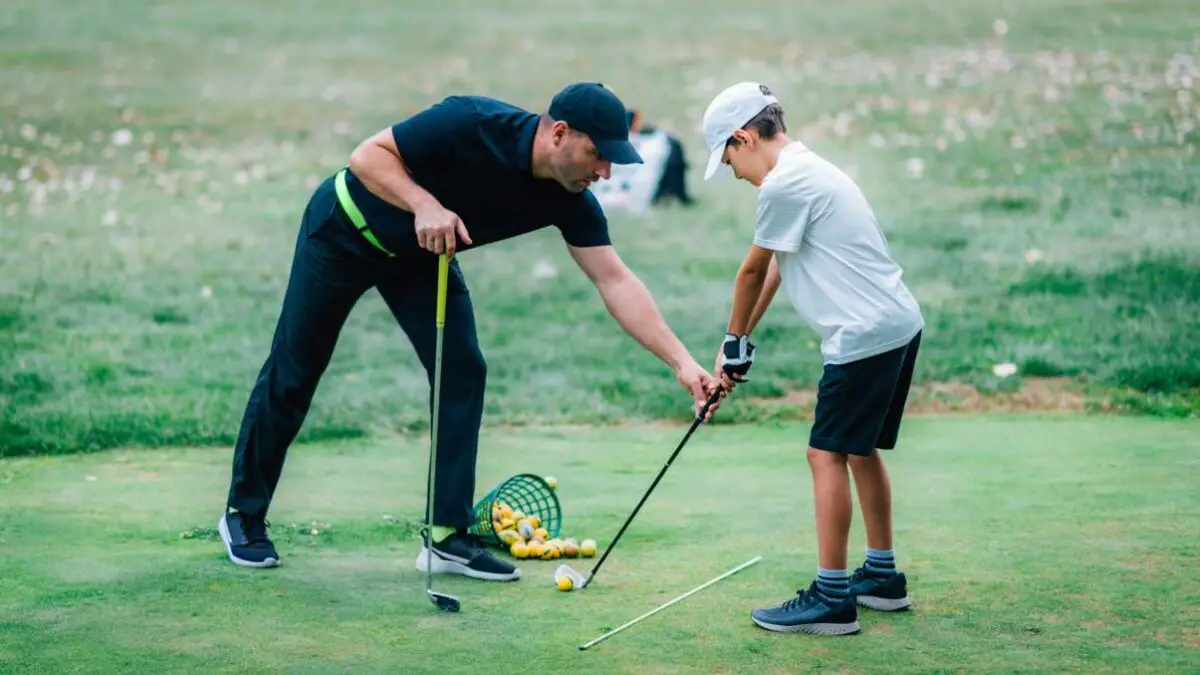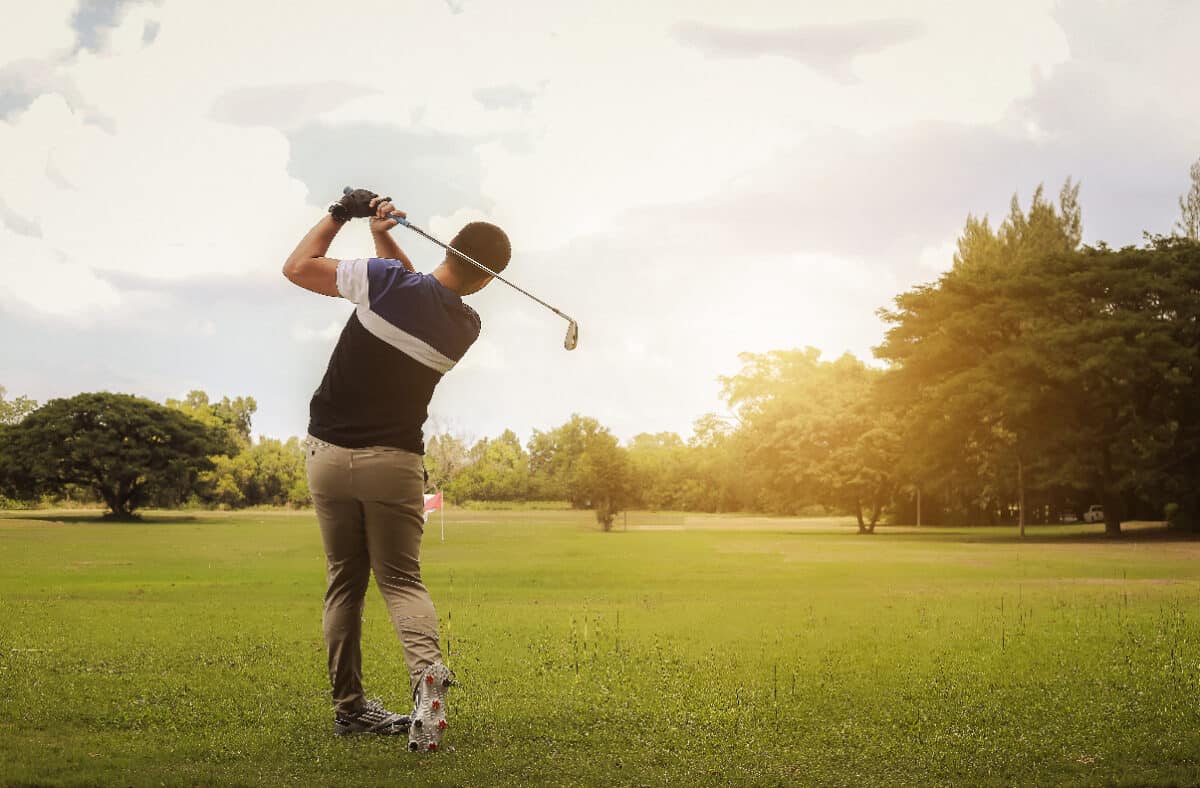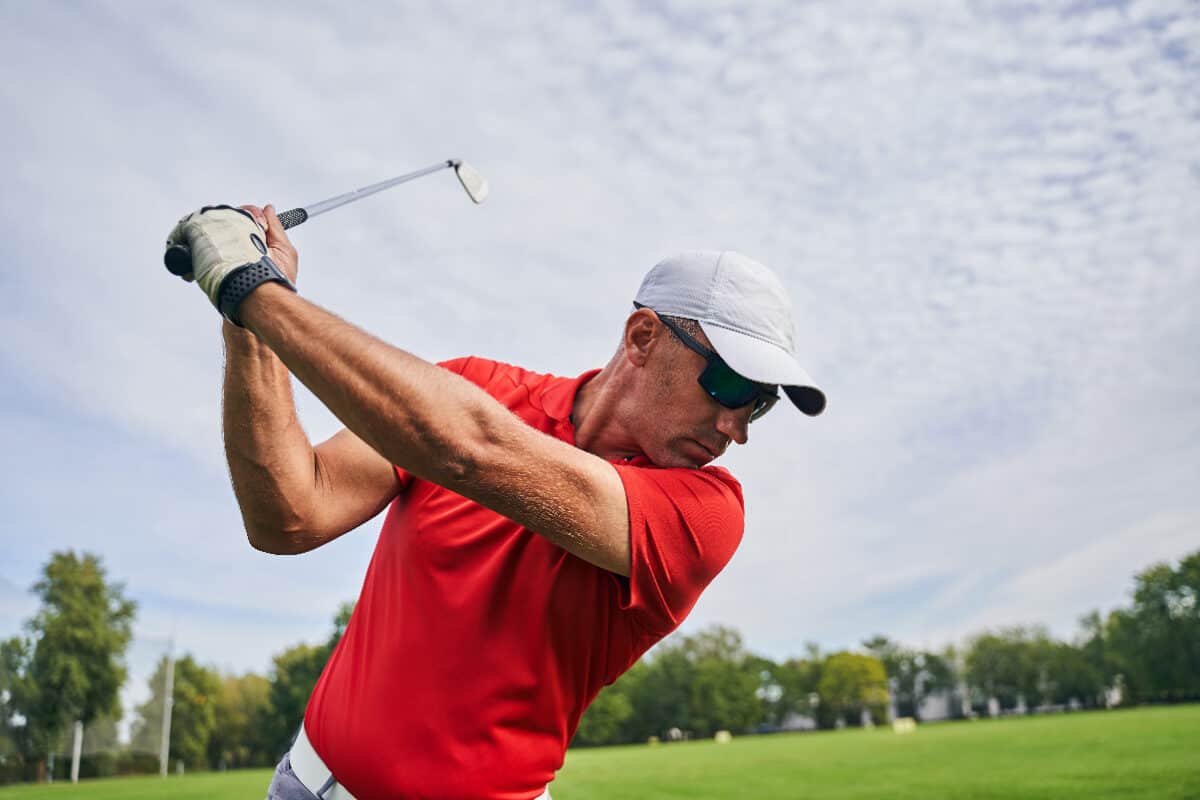How to Drive a Golf Ball Straight – The Right Techniques
Hitting long, straight tee shots is the ultimate goal when you step up to the first tee.
While mastering the driver takes practice, following proper technique and swing fundamentals will help you drive the ball straight more consistently.

Optimize Your Setup and Posture
A proper address position establishes an efficient foundation for your swing. Stand upright with an athletic posture, knees slightly flexed.
Align your body parallel left of the target with feet, knees, hips, and shoulders square. Position the ball forward inside your front heel.
Distribute weight evenly and grip the club lightly but securely in your fingers. This balanced setup keeps the clubface square through impact.
Maintain Proper Backswing Basics
Initiate the backswing by hinging your wrists to bring the clubhead back low and inside. As the backswing continues up, keep the clubface square and your head still.
Allow your shoulders to turn naturally while keeping your arms and elbows tucked close to your sides.
Avoid overswinging beyond parallel to the ground. Complete the backswing by rotating your core fully to build power.
Sequence the Downswing for Maximum Power
Start the downswing by firing your hips towards the target and shifting weight onto your front side.
Next explosively pull down with your core muscles while unhinging your wrists through impact.
Time this sequence so the wrists unhinge just after the hips clear.
Maintain spine angle and keep your head still with your eyes on the ball. Allow the club to shallow coming down to compress the ball with efficient momentum into the back of the swing arc.

Accelerate and Extend Through Impact
To maximize clubhead speed, accelerate the club through impact without decelerating or chopping down before contact.
The club head should reach maximum speed as it strikes the ball with a slight downward angle of attack into the back of the ball.
Maintain your spine angle and balance while fully extending your arms, body, and clubhead toward the target after impact.
Avoid stopping the swing abruptly; let the follow-through occur naturally.
Make Solid Contact with Proper Strike
Consistently strike the sweet spot of the driver flush in the center of the clubface. Contact toward the heel or toe results in geared sidespin and curved shots.
Use quality range balls to practice making centered face contact and compressing the ball first before accelerating through.
Solid contact sends the ball launching straight off the clubface.
Match Club Path to Desired Ball Flight
Matching your swing path to the shape of the shot you want is key for accuracy. A straight, square path imparts straight ball flight.
An outside path adds a slicing sidespin from an open clubface. An inside path creates draws with a closed face.
Monitor trajectory and ball flight to correctly trace missed patterns back to path flaws.
Control Face Angle Through Impact
Where the clubface points at impact largely determine launch direction and spin. Keep the face square to target longer through impact to reduce slicing or hooking spin.
Delay rotating your hands and forearms to maintain face control. Square impact contact results in straight ball flight.

Analyze and Correct Launch Angle Issues
Launch angle also impacts the shot shape and carry distance. Excessively low tee shots reduce distance. High launches increase backspin and side-to-side movement.
Optimizing the launch angle for your club and swing requires refining the angle of attack and strike. Monitor launch angles on the range.
Choose Driver Settings to Correct Flaws
Modern adjustable drivers provide options to correct mis-hits and promote straight flight.
Tweaking loft, lie, face angle, center of gravity, and weighting settings can neutralize slice or hook tendencies.
A professional club fitting analyzes your swing metrics to optimize driver settings.
Use Premium Balls to Minimize Sidespin
Lower compression premium balls resist excess sidespin off the driver better than range balls or older distance balls.
Newer Surlyn blends help maintain straighter ball flight. Align the ball logo perpendicular to the target line. Quality balls respond best to centered impact.
In summary, straight tee shots require integrating proper technique, equipment fitting, swing refinements, and quality gear.
Strive to center strike and control face angle through impact. Matching your path and launch angles to desired ball flight promotes accuracy.
Driving the ball straight takes practice, analysis, and adjustments, but leads to lower scores.

